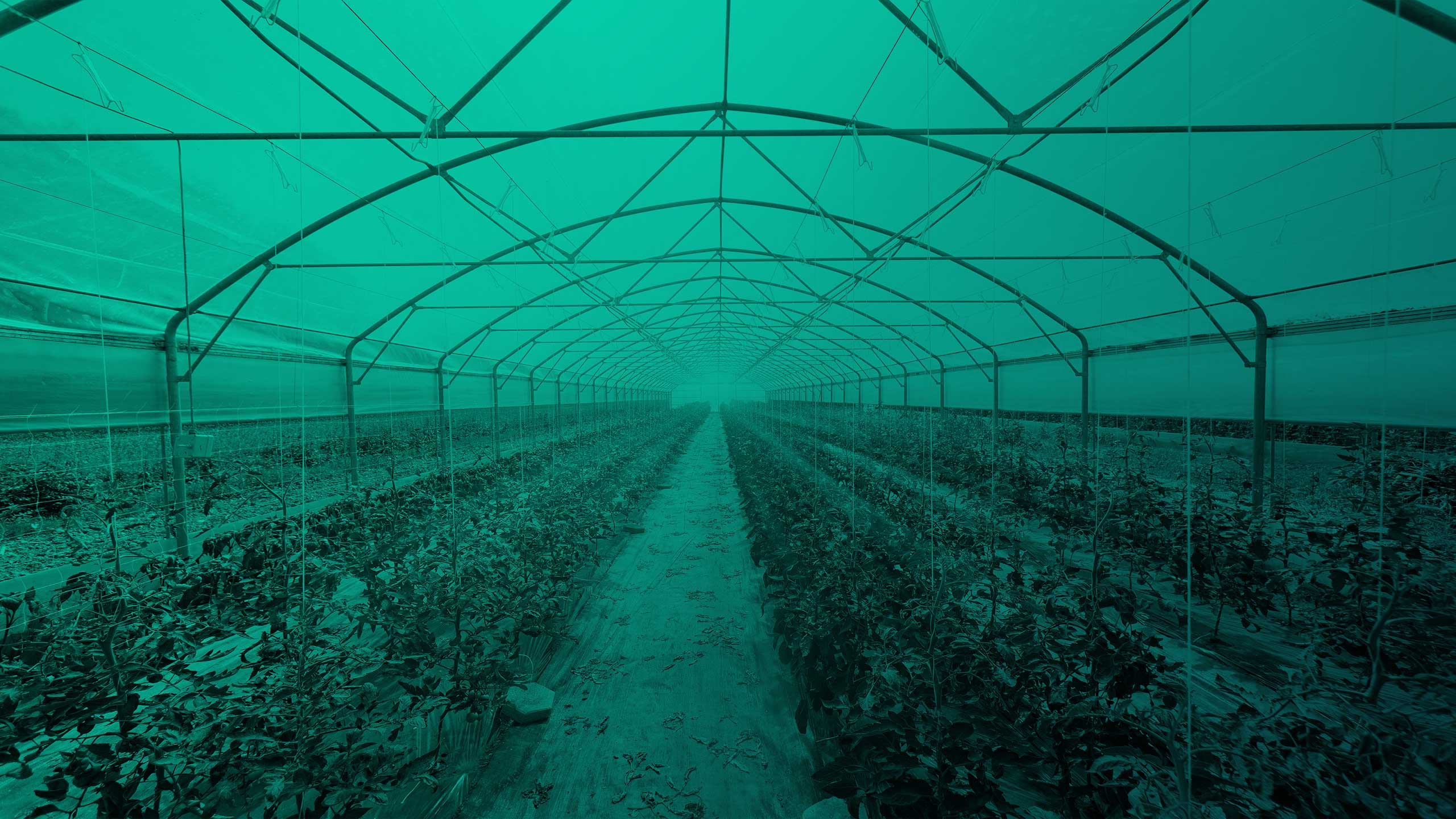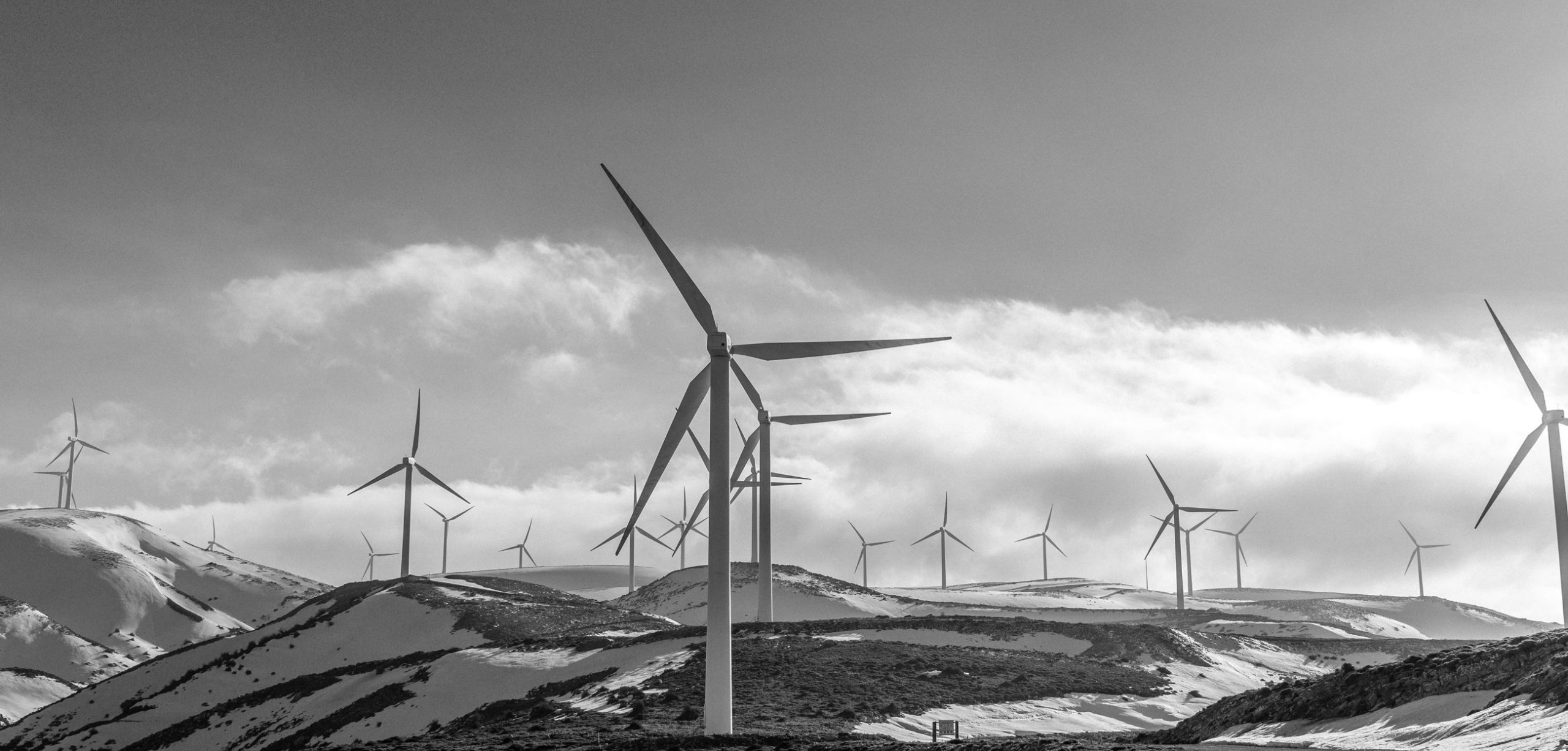By Marco Streng, CEO of Genesis Group
When I started mining Bitcoin seven years ago, I set up a few rigs in my dorm room and was able to compete and be profitable at that small of a scale. Since then, Bitcoin mining operations have moved out of homes, and have developed into a multi-million dollar industry. Genesis Mining needed to evolve to stay competitive, and today being profitable means having up-to-date hardware, efficient software, cheap electricity, and well-run operations. This also means that datacenters are consuming a massive amount of energy — which have some people worried about the kind of carbon footprint mining is creating.
Crypto mining is driving innovation when it comes to decentralized cryptocurrencies and applications, which can change the way people exchange money and interact with one another. Additionally, the blockchain technology upon which mining relies has the ability to bring new, creative solutions to many of the world’s problems.
But beyond those benefits, how can mining operations think about their social mission and give back to the communities around them? One of the major by-products of mining is excess heat created by the computational efforts, which had always just gone to waste. But is there a way to put that heat to better use and turn it into a sustainable energy for others?
That’s the question being asked — and answered — in a new project Genesis Mining is taking on in Northern Sweden, in partnership with the Boden Business Agency, the Research Institutes of Sweden (RISE), and the Luleå University of Technology. The Agency is actively looking to partner with and foster synergies between more energy-intensive industries like crypto mining, and local producers in the food industry.
The final product? A mining-heated greenhouse.
The Nordic countries have already attracted mining operations due to their cheap, clean energy, and since the region has a mandate to become more locally sustainable, the project seemed like a great fit for everyone involved.
How the Datacenter/Greenhouse Partnership Works
Genesis Mining is providing warmth in the form of a 600 kW air-cooled datacenter container, and will be feeding heat to a 300m2 greenhouse. The datacenter is then specially fitted with an air duct system that connects the center to a nearby greenhouse, using heat that would typically go to waste to grow fruits and vegetables. This would allow the greenhouse to remain at 25°C (77°F) year round, which is incredibly valuable in a region where temperatures can fall as low as -30°C (-22°F) in the winter.
Not only will a 600 kW datacenter provide enough heat to keep a 300m2 greenhouse at an ideal climate for fruits and vegetable growth, but calculations by Andreas Johansson, a senior lecturer from Luleå Technical University, predict that if the datacenter temperature can increase by just 20°, the size of the greenhouse can triple. This means easy scaling in the future. Additionally, air can also be returned to the datacenter, providing better moisture levels to help mitigate static.
So far, preliminary results have not only proven that it works, but that it will be a benefit to the local economy. One of our partners, Mattias Vesterlund, a senior researcher at RISE, sees that “A 1 MW data center would have the ability to strengthen the local self-sufficiency up to 8% with products that are competitive on the market.” Farmers who have had difficulty competing due to subarctic climates now have the opportunity to create a more secure and stable food supply, with year-round production.
The Swedish government is encouraging self-sufficiency in the region, and this unique opportunity solves that problem, allowing local farmers to be competitive, which decreases reliance on imports — all while meeting the national energy efficiency targets.
So far we’ve seen applications in fruits and vegetables, but datacenter heat could be used for fish, insect, and algae farming as well. It can also provide heat for fruit drying, which is important considering that Sweden is a major berry exporter. This could also provide scalability in food production and economic growth that the area hasn’t seen before.
Above all, this project has not only been a science experiment but a social experiment as well. Where else have local farmers, municipalities, scientists, and a cryptocurrency mining company come together to create new ways to save the planet? And we’re not just exchanging technology — we’re learning about each other’s industries as well. We’re confident that the partnership and the project will scale to not just more greenhouses and datacenters, but that it’ll inspire other energy-intensive industries to look at creative ways of using excess heat or other wasted by-products for the betterment of communities and the planet.
For right now, the initial greenhouse experiment isn’t intended to turn into a massive commercial outfit. Rather, we’re testing efficacy and ability for a datacenter to heat a greenhouse. We’re testing out which crops will work best in this environment. And we’re building relationships with local farmers, and learning about how to best help them. What we learn now will be the foundation for scaling later.
This project has already been incredibly encouraging in its returns, as we see the opportunities that can be created by simply thinking differently about energy usage. It’s another reason to continue to invest in and support mining operations. Mining is not only enabling the Bitcoin industry to function, but it is also supporting and encouraging local industries and economies to thrive.




